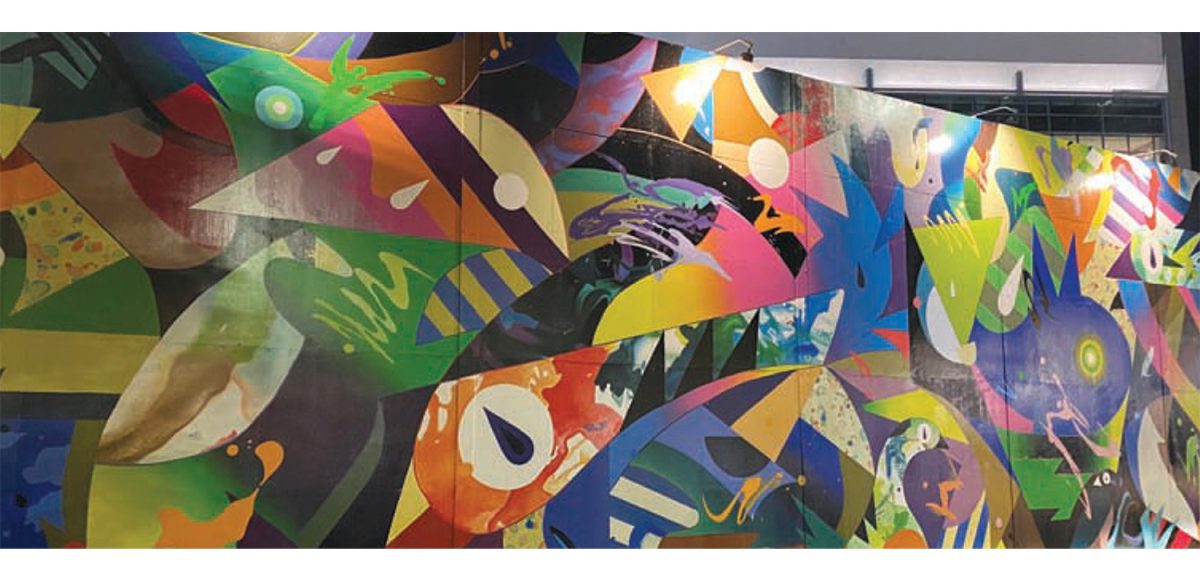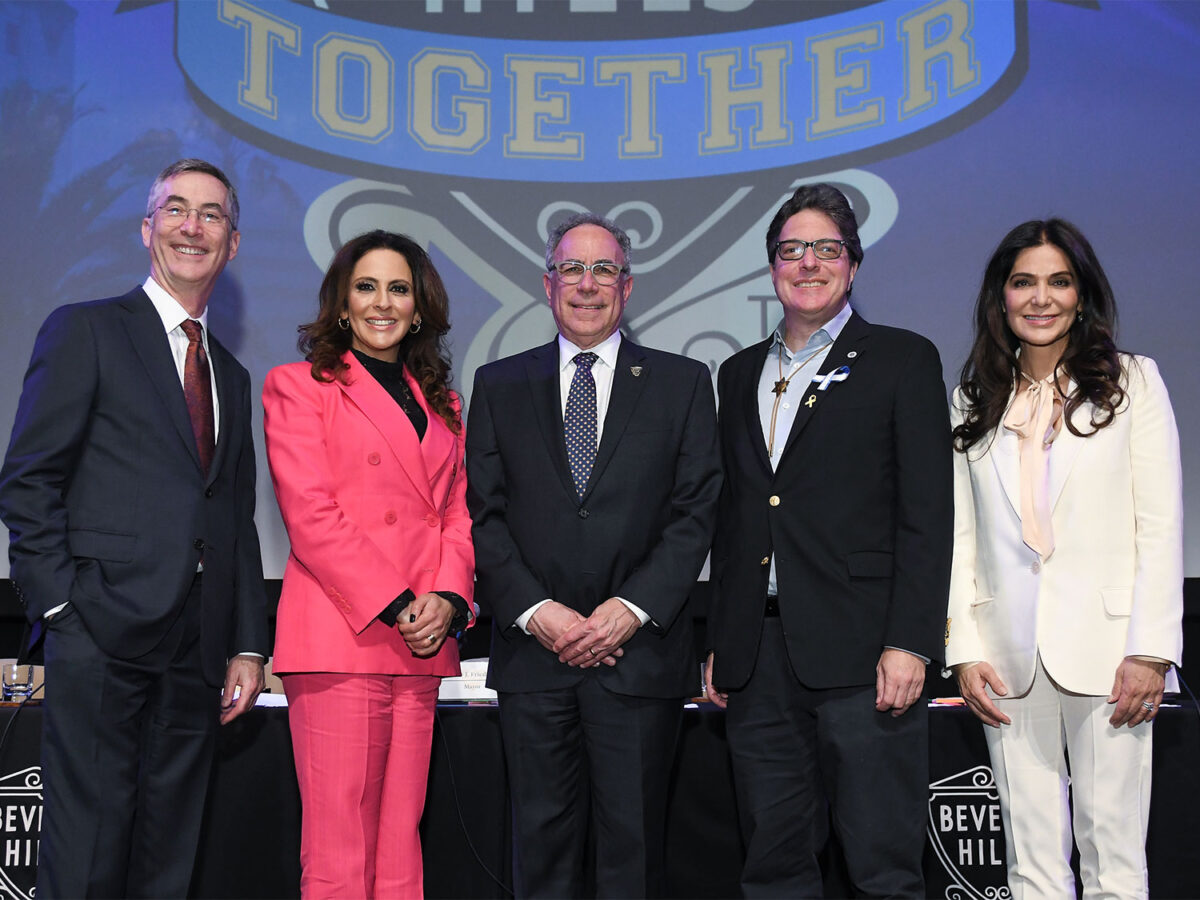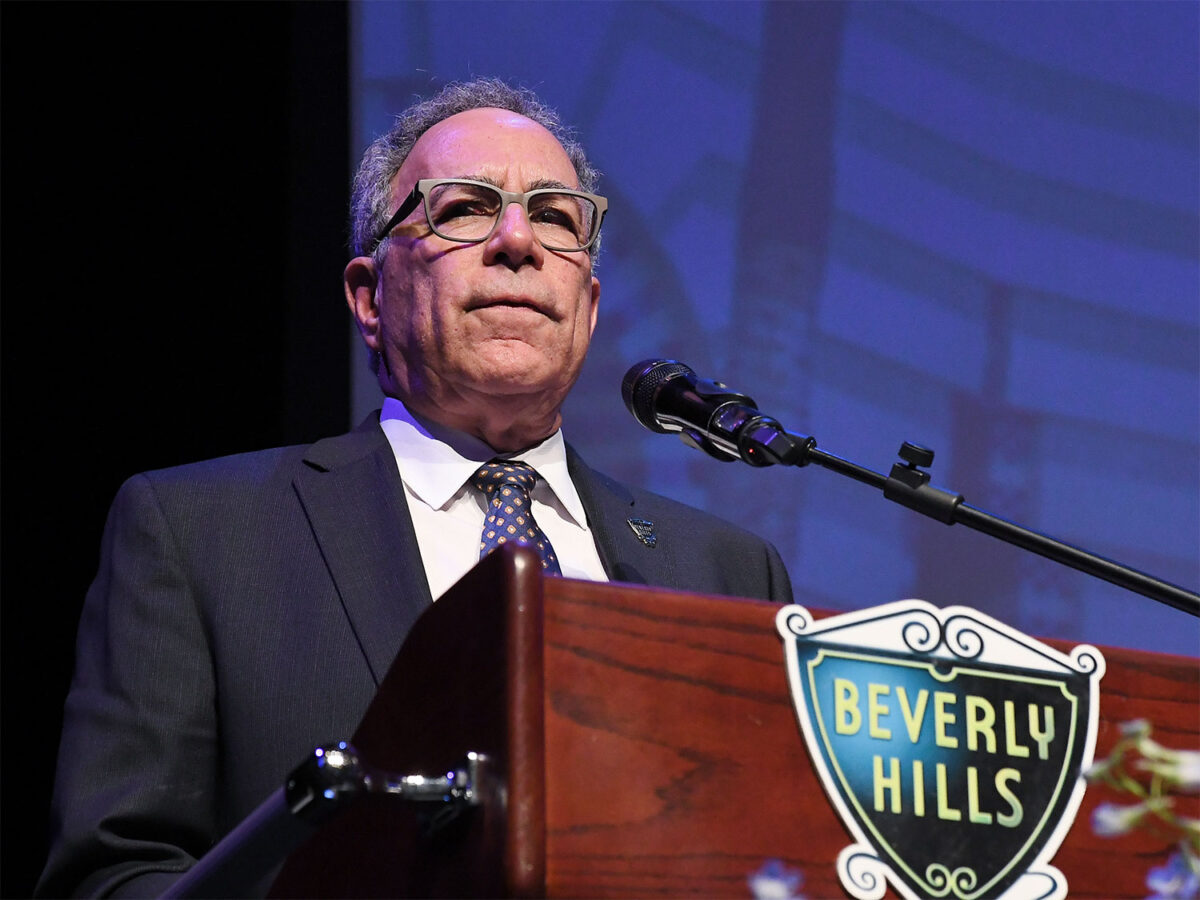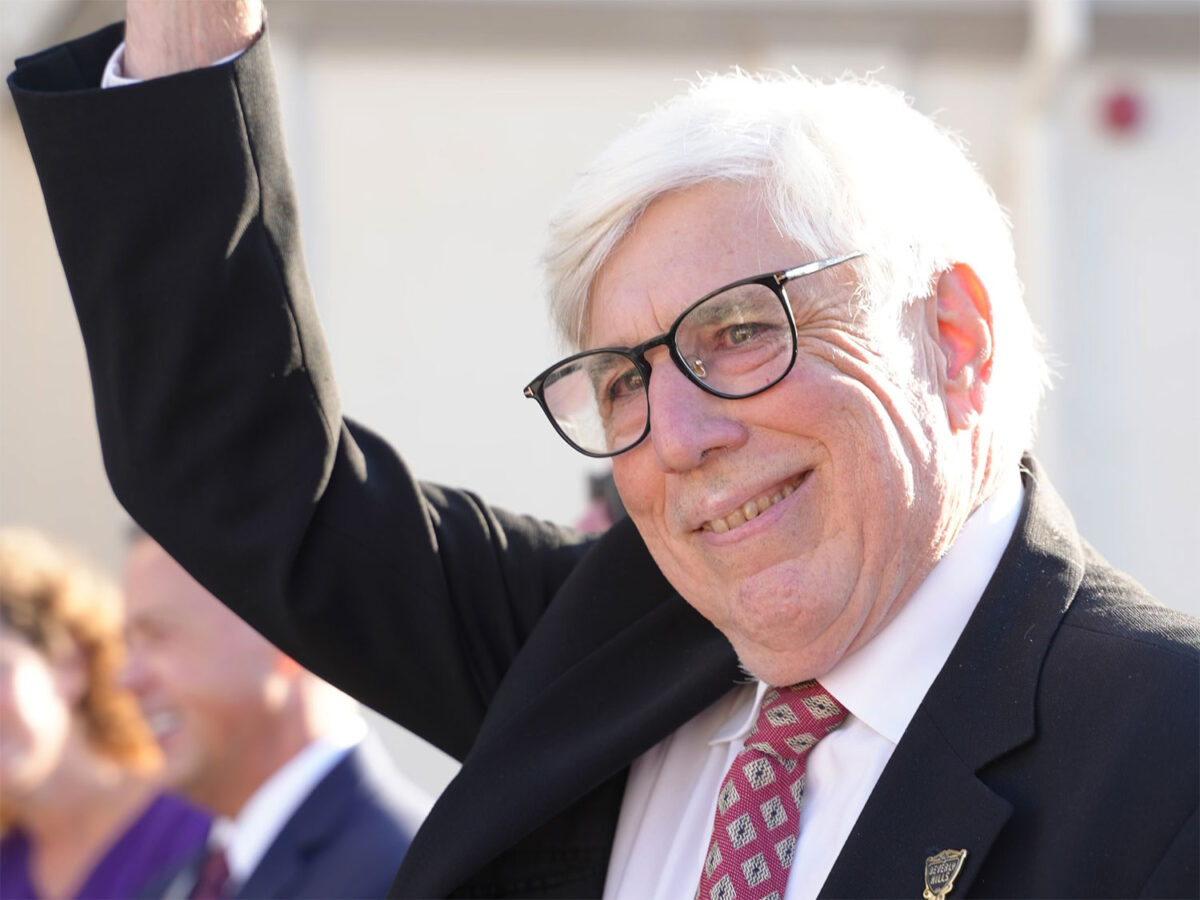The Sept. 12 City Council Study Session agenda included updates regarding water storage and street closure, among other topics.
At the request of Vice Mayor Julian Gold, the Council was briefed by Utilities General Manager Robert Welch on the city’s current water operations. Beverly Hills owns and operates its own water supply, servicing the entire city and a portion of West Hollywood. The city has 10 reservoirs, nine pump stations, seven groundwater wells and approximately 170 miles of pipeline. The reservoirs can hold up to 43 million gallons of water and are designed to maintain a consistent capacity of at least 35%.
The city is currently in the preliminary design phase of upgrading its reservoir management system which would increase the minimum capacity to 60 percent, gaining approximately 5.5 million gallons of operational storage. The Beverly Hills Fire Department has also assisted the city in making sure that the water supply is adequate in the event of structural fires and wildfires.
In response to Welch’s presentation, Gold expressed his prioritization of strengthening the water supply beyond the improvements in progress. “I asked to discuss this because I was a little insecure about the amount of water we had at any point in time,” said Gold. “What are things that we can do that would guarantee or ensure availability of more water?”
This fall, the city will be reviewing the Cost-of-Service analysis pertaining to water and wastewater operations.
Following the discussion on water operations, City Engineer Daren Grilley recommended, on behalf of City Staff, an extension to the closure of North Canon Drive. The closure, including the mural by Tomokazu Matsuyama, was completed in 2019 in order to mitigate the construction impacts of the Metro Purple (D) Line extension. According to City Staff, the closure has been successful in minimizing the dust and noise impact, as well as maintaining consistent traffic patterns. The Council was supportive of extending the closure for an additional nine months from the current September expiration.
The Council then tackled two topics requested by Councilmember John Mirisch. The first was a presentation from City Planner Timothea Tway, reviewing the restrictions on pedestrian and non-pedestrian uses in the city. The “Restricted Uses in Pedestrian Oriented Areas” article in the Beverly Hills Municipal Code is in place to encourage retail spaces, like stores, restaurants and salons, to utilize ground-floor spaces, while discouraging use from non-retail spaces, like offices, in specified commercial areas.
Mirisch believes that the regulations should be expanded across the entire city to foster a “village” atmosphere. “Only nine percent of our city is commercial, and this should apply throughout the city so that it’s pedestrian oriented,” said Mirisch. “This is an important use of zoning to try and create that walkable, urban village kind of feeling that we want to have.”
Although the Council does not entirely agree on the extent of expansion, the regulations will be revisited by the Planning Commission in hopes of widening the Council’s options in the matter.







